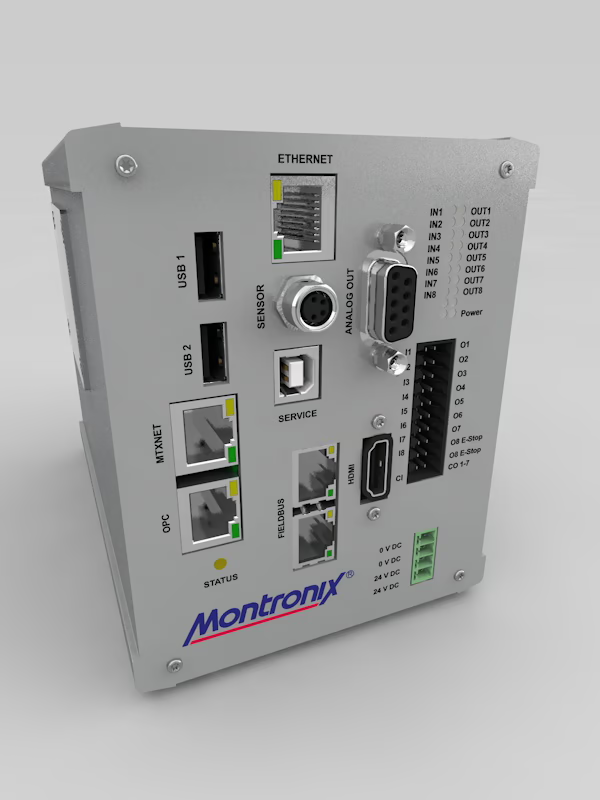SpectraNG the new real-time tool and process monitoring system that makes use of the versatility of machine controls with open architecture. It is characterized by extensive monitoring functions combined with the user-friendliness of an industrial PC.
The hmi software used as a human-machine interface runs on open controls and replaces the traditional manufacturer-specific front panels, control elements or customer-specific control panels. Thanks to the convenient hmi user interface, the plant operator can quickly and easily find out about the current process status. The graphical representation of the process supports him in the detection and immediate rectification of faults. In the event of an impermissible process event, such as machine collision, blank cut, excessive tool wear, or damage such as tool breakage, the SpectraNG stops the process immediately.
Damage to tools, clamping devices or even to the machine itself is effectively minimized and manufacturing costs are reduced.


 DE
DE  EN
EN  IT
IT 